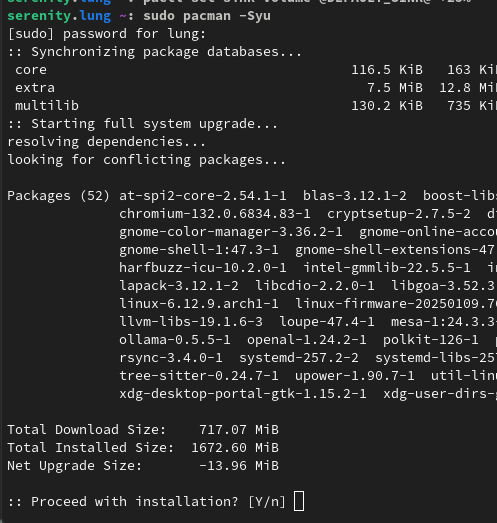Linux
Welcome to c/linux!
Welcome to our thriving Linux community! Whether you're a seasoned Linux enthusiast or just starting your journey, we're excited to have you here. Explore, learn, and collaborate with like-minded individuals who share a passion for open-source software and the endless possibilities it offers. Together, let's dive into the world of Linux and embrace the power of freedom, customization, and innovation. Enjoy your stay and feel free to join the vibrant discussions that await you!
Rules:
-
Stay on topic: Posts and discussions should be related to Linux, open source software, and related technologies.
-
Be respectful: Treat fellow community members with respect and courtesy.
-
Quality over quantity: Share informative and thought-provoking content.
-
No spam or self-promotion: Avoid excessive self-promotion or spamming.
-
No NSFW adult content
-
Follow general lemmy guidelines.
view the rest of the comments

I'm not a programmer by any means, but I'm guessing, they are just removing old redundant features and code, but I could be very wrong here.
a new version of a program can also move to a different set of dependencies that is shared with another program, so you don't need to keep both around.
This wouldn't appear like this when upgrading the system with pacman. pacman does not automatically remove orphaned dependencies during upgrades. You have to query for them and remove them explicitly as a separate operation afterwards. So in the OP what we're seeing is the new versions of packages themselves getting smaller.
til!
Good ol'
pacman -Rns $(pacman -Qqtd), or as I've aliased it,orphankillerRemoving some deprecated old library or just good old optimization.